
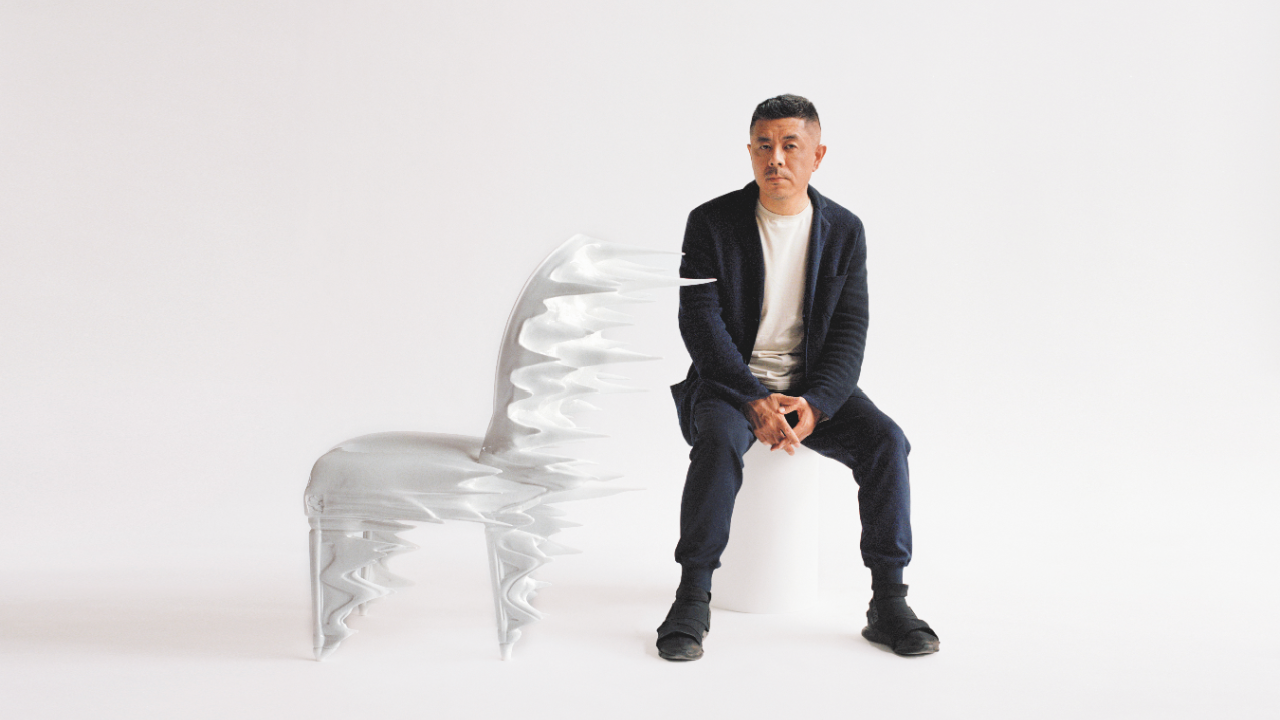
Over the years the storied house of Dior has obtained a multitude of signifiers: Dior Grey, the Dior oblique pattern, a sophisticated, fierce femininity, and, of course, the cinched waist A-line silhouette better known as the “New Look.” One house code in particular that is deeply engrained within the maison’s DNA is the influence of the Dior Medallion Chair. The iconic Louis XVI-style chair inspired Monsieur Dior so much that he adopted it as an unofficial symbol of the brand. From seating editors and esteemed ladies at his salon fashion shows to one day inspiring the ovoid shapes that appear on the padded cannage leather of the Lady Dior Bag, the Medallion Chair, with its simple yet elegant design, continues to have a lasting role within the house.
To this day, the chair continues to serve as a source of inspiration, or as French designer and prior Dior Homme collaborator Pierre Charpin refers to it, “a loyal companion of the House of Dior.” The House of Dior has been focused on extending the legacy of the maison while keeping art, design, and curation at the center. From the recent New York premier of the stunning Dior fashion retrospective at the Brooklyn Museum to the Dior Medallion Chair exhibition as part of the Salone del Mobile in Milan, Dior continues to find ways to celebrate its design lineage. And now, the focus is the Dior Medallion Chair exhibition: As part of this year’s Art Basel in Miami Beach, guests will be able to view a selection of the artisanal chairs, designed by some of the biggest and brightest names in interior, furniture, and product design.
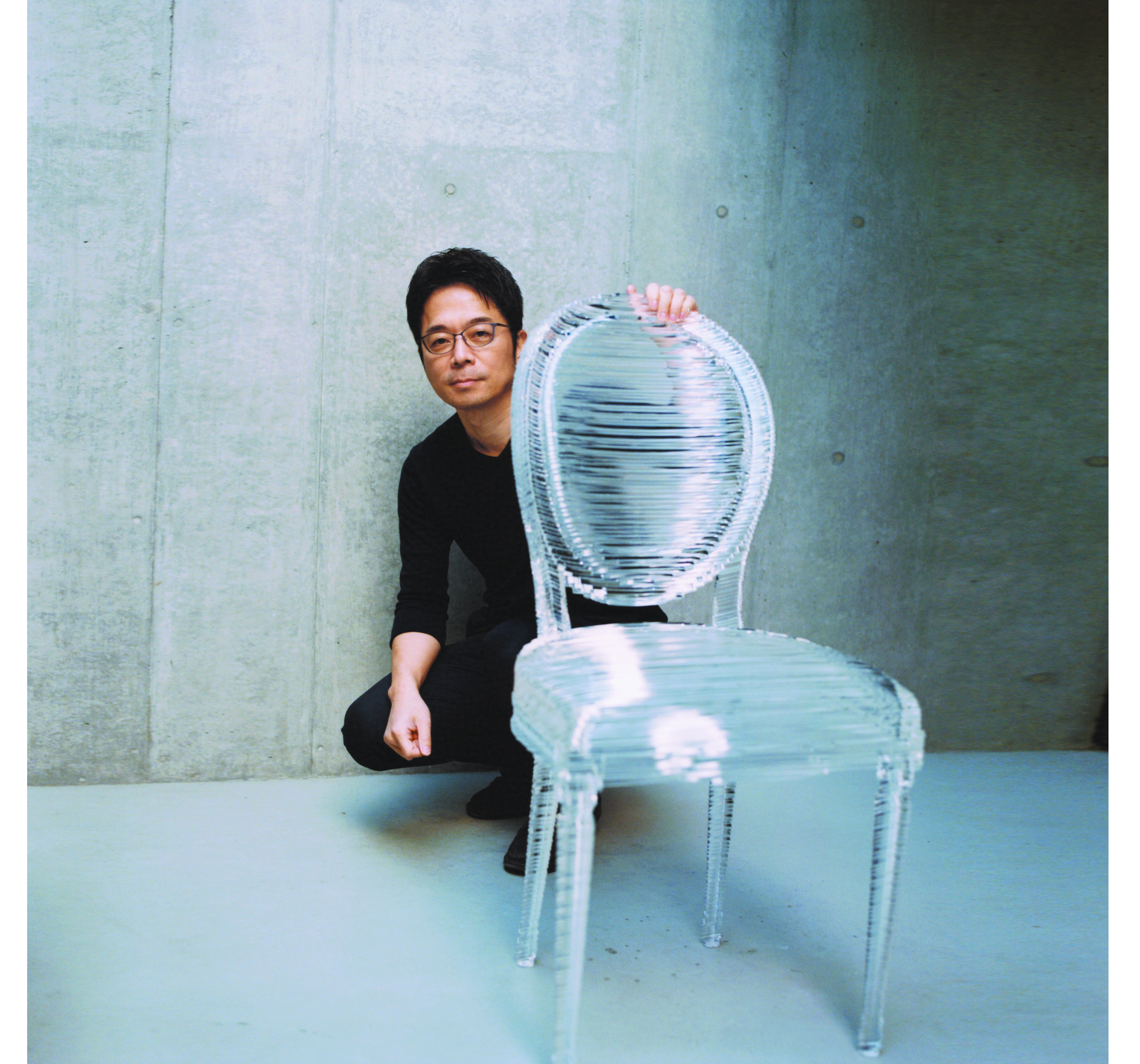
In his memoirs about 30 Avenue Montaigne, where the Medallion Chairs are a prominent feature,, Christian Dior wrote: “Sober, simple, and above all so classic and Parisian, this style could in no way confuse or distract the eye from the collection.” In honor of that, Dior Maison has invited a cohort of designers, artisans, and product designers from all over the world—from Italy and Japan to Lebanon and France—to reimagine the Dior Medallion Chair through their own creative practices. Artists Sam Baron, Nacho Carbonell, Pierre Charpin, Dimorestudio, Martino Gamper, Constance Guisset, India Mahdavi, Nendo, Joy de Rohan Chabot, Linde Freya Tangelder, Atang Tshikare, Seungjin Yang, Ma Yansong, Jinyeong Yeon, Tokujin Yoshioka, and Pierre Yovanovitch were all tasked with merging fashion, art and design—paying homage to Monsieur Dior.This activation falls right in line with Dior’s exploration of fashion x art. From the Cruise 2020 collection, where the house enlisted the artistic lens of collagist and multidisciplinary artist Mickalene Thomas to reimagine the renowned Bar Jacket, to most recently collaborating with painter Peter Doig for Fall/Winter men’s—Chaises Médaillon, follows a long stream of the house cross-collaborating with artists (from Kaws, Daniel Arsham, and Amoako Boafo). As each fashion-based artist collaboration sees the artist’s take on a garment or accessory, integral to the ethos of Dior, this Dior Medallion Chair invitation captures that same concept. Each of the amazing artists, furniture designers, art directors, and product designers interpret the neoclassic favorite of Mr. Dior, from their own distinct viewpoints.
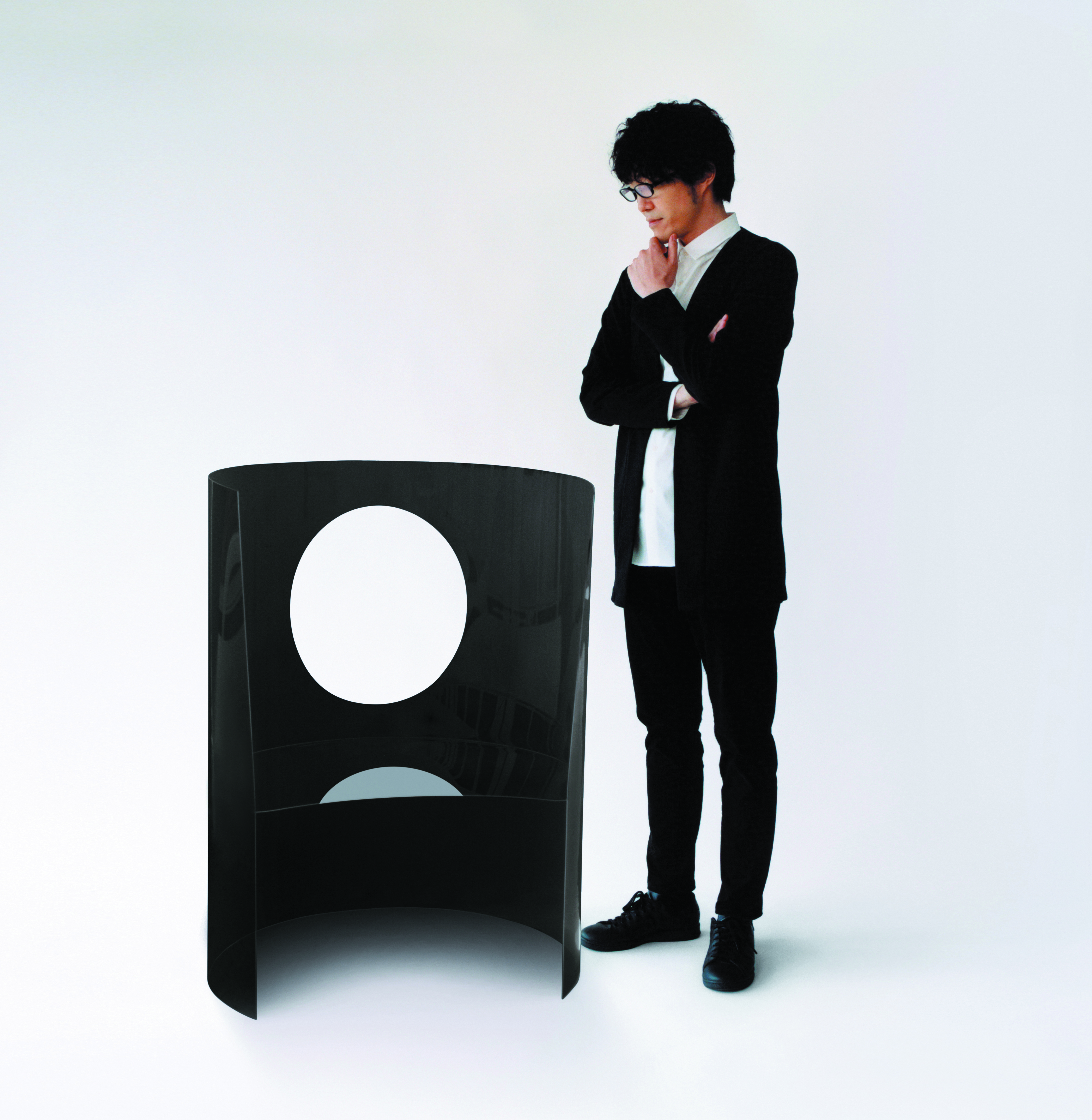
“The Medallion Chair is iconic because it is rooted in French heritage,” says French designer Sam Baron. “That 18th-century piece reveals an attention to detail and comfort in its construction, but also a sense of refinement in its design and proportions, qualities that appealed to Monsieur Dior and prompted him to use it regularly.” Baron, heralded as one of the greatest product designers of our time (even a cosign from design titan Philippe Starck), often explores his design practice through an artistic lens. His designs carry a respect for tradition yet through an organic modernity. His thoughtful reexamination of the Medallion Chair mirrors that of his own eponymous design practice. “I researched gardens and how this chair was used in Monsieur Dior’s day, as well as the Dior style, in the world of fashion, in boutiques or private interiors” he says. The results are two dynamic ideations: an exterior suite of chairs made of lacquered metal that allude to the traditional form of the Medallion Chair yet take on a playful, communal essence, and the other suite—an homage to the structure of the Medallion Chair, made using woven straw and wood, focusing on the bones of the chair. “The basic concept was to turn it from a “solitary” and isolated chair into a piece that celebrates gathering and conviviality. The outdoor version is available as a swing, a rocking chair for two, and a bench for friends, while the indoor version makes it possible for two or four people to sit together.” The beauty of this activation lies in the varied approaches to design each artist takes—that’s the true beauty of design in general; how two or more individuals can use the same source of inspiration yet arrive at two distinct outcomes. Much like Baron, Korean multidisciplinary artist Jinyeong Yeon respected the form and design language of the Medallion Chair yet approached the materiality differently. Using aluminum pipe for one chair and aluminum plates for the other concept, Yeon created one chair that is more expressionism in nature and another a minimal yet modernist take on the structure of the original Medallion Chair.
“Chairs are the most closely related objects to humans, and they contain many values and meanings,” says Yeon. “They are objects with artistic narratives involving different forms, usage, times, and places.” The narrative he’s telling with the duo of chairs is an an introduction into his artistic universe.The aluminum pipe Medallion Chair dupe has this Surrealist nature, with its spiral back and multicolored luster, and the aluminum plate chair envisions the Medallion Chair had it been made today. Speaking on the later chair, Yeon says, “Sand casting is a traditional technique and requires artisanal skills, sharing similarities with Dior savoir-faire. The repeat pattern of the checker plate has the feel of Dior’s signature Dior Oblique motif.” He went on to say, “In the process of making the work, I wanted to show the fashion aspect through bright colors and patterns, which are craft intensive.”
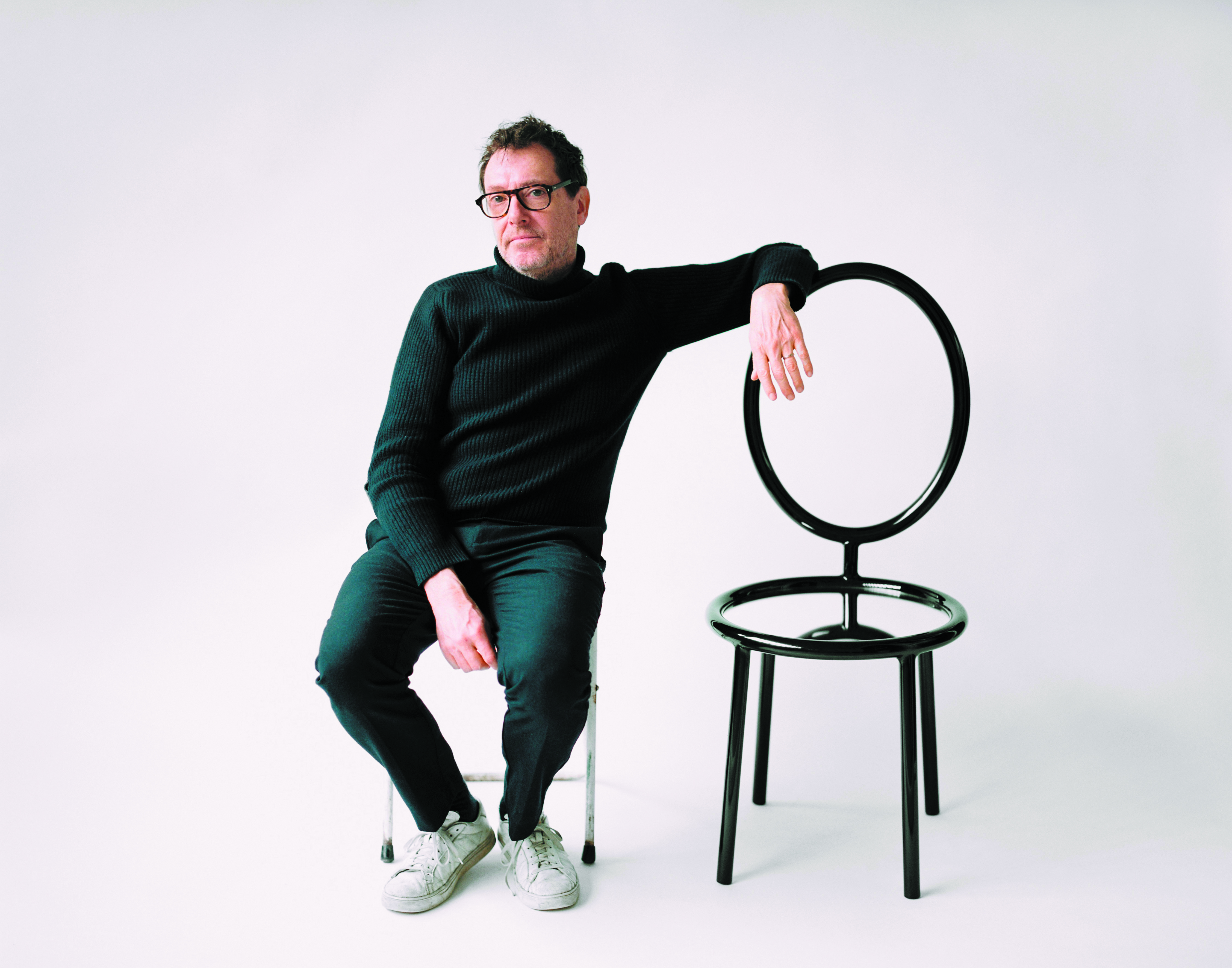
“Chairs are the most closely related objects to humans, and they contain many values and meanings. They are objects with artistic narratives involving different forms, usage, times, and places.”
—Jinyeong Yeon
Architecturally trained designer Ma Yansong centers his design practice around nature. “I draw a lot of influences from nature, abstracting nature into something on an urban scale,” says the Beijing-based designer. The French 18th- century design of the Louis XVI chair is timeless, inspiring designers and the furniture and product design industries for centuries. “The Medallion Chair represents something timeless; it is something that has become quite recognizable through generations, across the globe—it is a design icon.” Through his rendition, Yansong set out to capture the essence of time itself through 3D rendering. “My design aims to capture the moment when the classic Medallion Chair passes through time, transitioning from the historic past into the future,” says Yansong. The chair, produced in 3D-printed polyurethane and hand-finished with paint, mimics a snapshot, a sequence of time travel with its linear shards. It’s truly a sculptural work of art yet the presence of the Medallion Chair is certainly felt. “A lot of my work is based on envisioning the future, so I set out to explore what this historic design would look like in the future.”
“The search for simplicity is one of the constants in my work, an attempt to show and to highlight an object’s essence,” says Pierre Charpin, a fixture of the global design industry since the early ’90s. For his interpretation of the Medallion Chair, Charpin focused on the simplistic scripture and design of the chair, paring it back to basics. “In reinterpreting the medallion chair, I wanted to demonstrate explicitly what the chair is made of in an archetypal way: four legs, a seat, and an elliptical back.” The chair, made of steel, is covered with black lacquered resin, with a mirror in place of where the cushion would typically be. Through this design process, all the designers were tasked with evaluating what the House of Dior symbolized to them, as this train of thought helped give way to the end result. “Transparency, light, and reflection are the key words that bubble up in my mind when I think about the House of Dior,” says Japanese designer Tokujin Yoshioka. Fascinated by intangible elements—including light, emotions, and energies—Yoshioka draws on nature for inspiration. His Medallion Chair iteration evokes the transparency of light, through the use of light, with its glass/prism. Like many of his other fellow designers, Yoshioka appreciates the original aesthetic and execution of the Medallion Chair. The form of his chair mirrors that of the inspiration. “History was one of the materials used in his [Dior] creations. While his collections symbolized the future, the decor and Medallion Chairs represented history; he accentuated the contrast between the two. I feel that both history and the future were the core of Dior’s designs.”
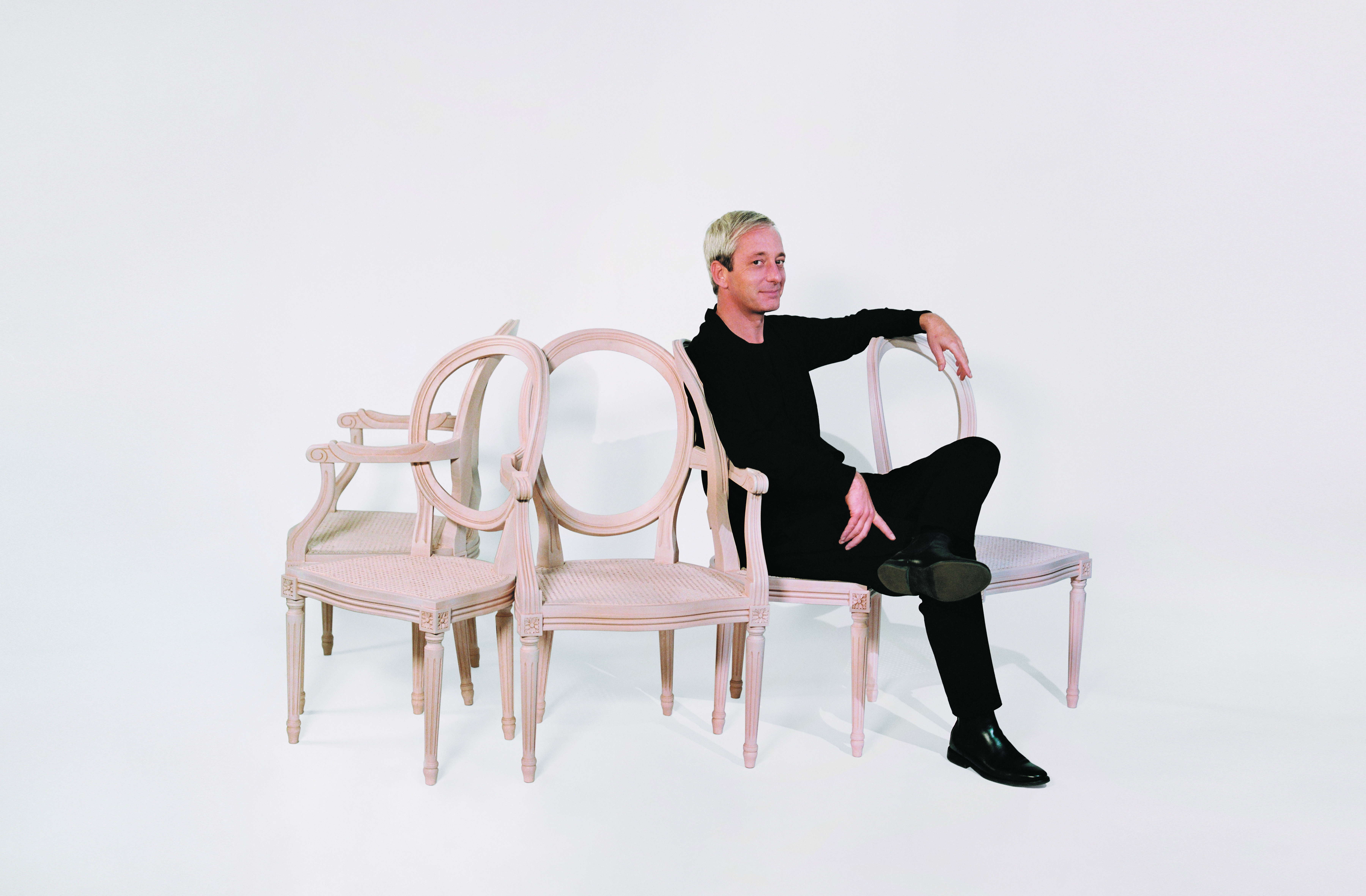
This project was somewhat full-circle for designer Nendo. After a life-changing visit to the Salone del Mobile in Milan, he started his own design firm and now he’s participating in an exhibition that graced that same hall. The Canadian- born and -raised designer studied architecture in Japan and tends to take inspiration from daily life. “My pieces are not so much about attracting attention, but more for absorbing daily life,” he says. His design breaks from the traditional form and structure of the Medallion Chair, taking on a more curvilinear form. Using tempered glass, Nendo and his team created a circular surround with a cutout—alluding back to the signature oval of the Medallion Chair. It’s almost as if Nendo’s chair acts as a mold or casing for the traditional Medallion, almost as if the Medallion Chair can fit inside his creation. French interior design extraordinaire Pierre Yovanovitch, known for his incredibly chic modernist design, explored two Dior concepts via his design interpretation: the Medallion Chair and Dior Oblique pattern. The result is a duo of chairs that feel nostalgic yet completely modern. “I reconsidered this piece as a duo, as if the Medallion Chair had been split in half,” he says, talking us through his process. “Like a real-life couple, these two objects resemble each other intrinsically, but their personalities differ. I used thick, rugged, textured steel to remove the chair from its historical context. I wanted to make the work a little rebellious and contemporary. For the fabric, I thought it would be fun to take the Dior Oblique canvas from the 1970s and reinvent it with new colors and embroidery, in collaboration with the prestigious house of Vermont.”

Through this exhibition and collaborative activation, Dior is leading the charge on connectivity amongst creatives practices. Art, fashion, and design are all cross-connected in some way, and through these beautiful chairs, inspired by one of the most iconic pieces of neoclassicist design, all inspired by the premier couturier, Monsieur Dior, it’s clear to see that art is truly in the details. “Both fashion and art are creative processes that rely on shape and aesthetics to bring comfort and inspiration to people in their everyday lives,” says Yovanovitch—and we couldn’t agree more.















